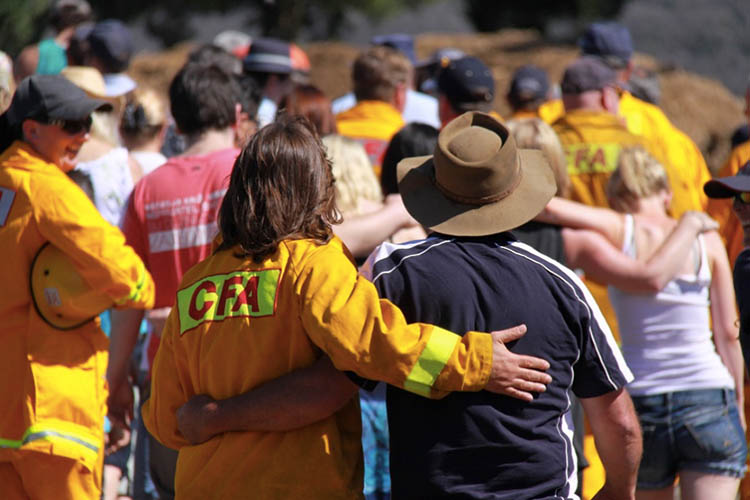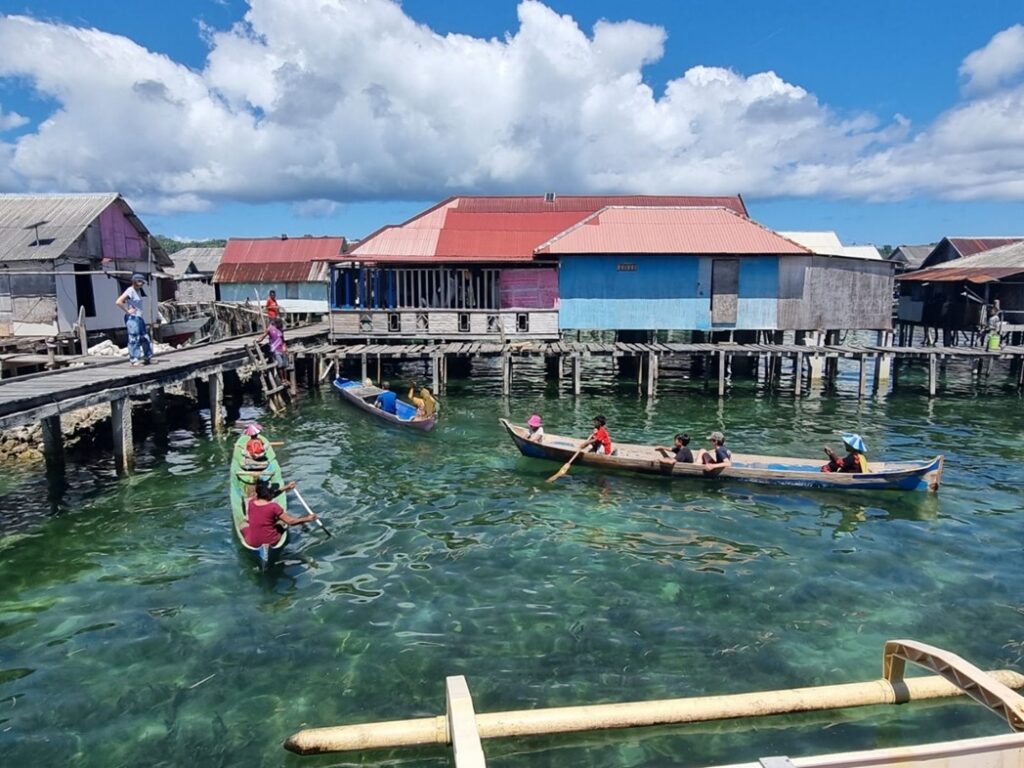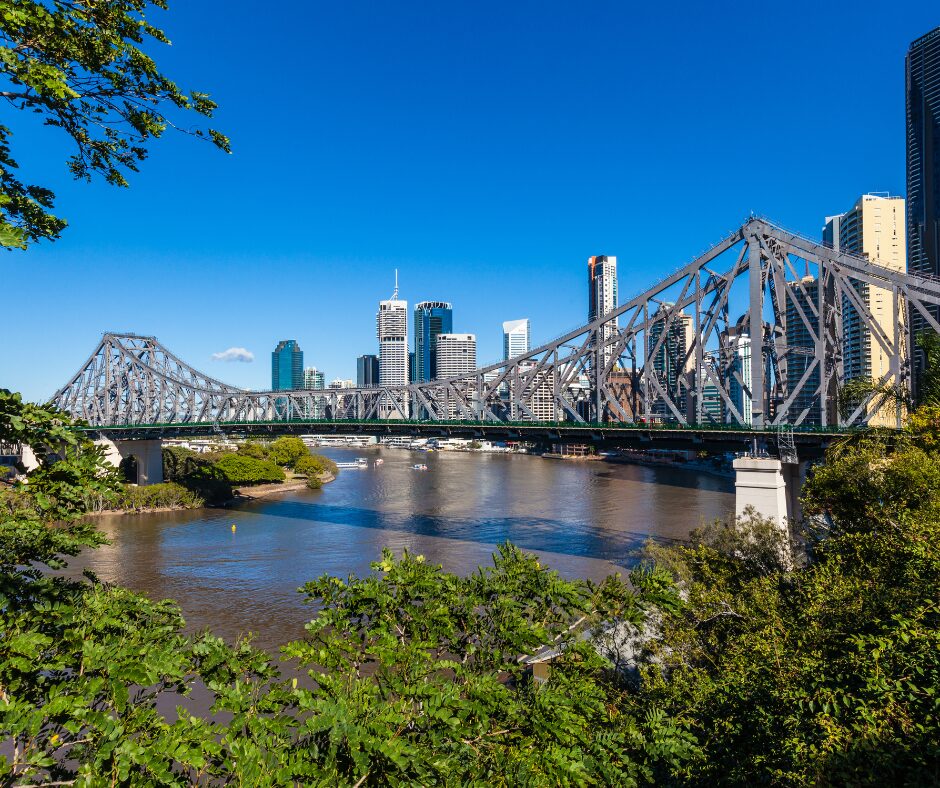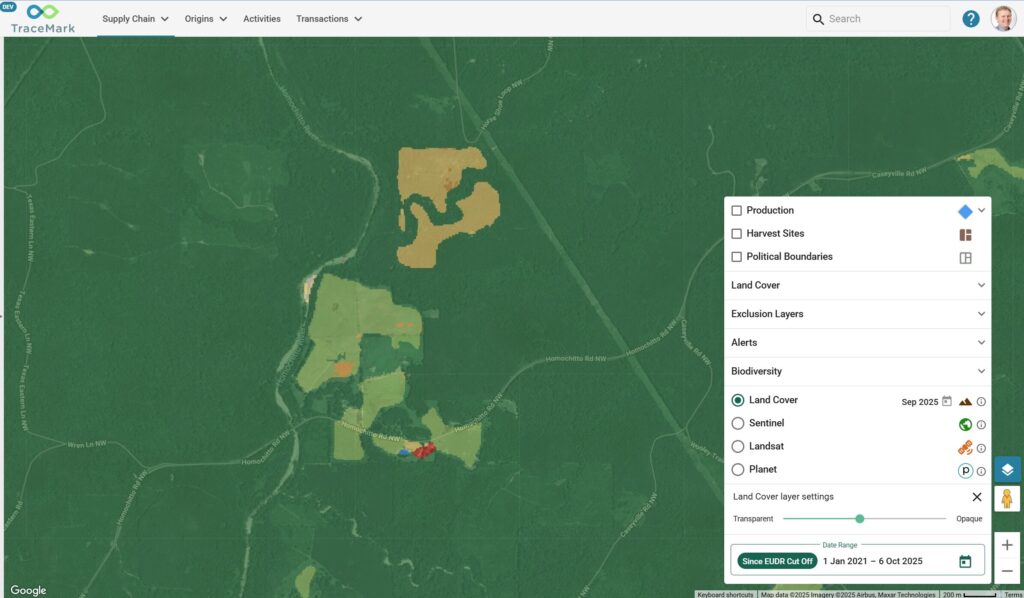How mapping saves lives and property in an emergency

Limiting the damage a bushfire or storm event has on a community requires emergency response staff to have quick access to accurate information.
They need to know where to focus first and where there have already been the worst effects: burnt out buildings, fire fronts and wind direction.
Emergency response is becoming more and more critical because of the effects of climate change: devastating fires are more frequent, as are massive storms.
In the last year we’ve had uncontrollable fires in Waroona and Yarloop, south of Perth, and in Wye River, west of Melbourne, that saw the destruction of hundreds of buildings and the deaths of residents. In neighbouring Fiji, they recently experienced the biggest cyclone ever recorded.
The cost of managing emergencies in Australia is also increasing every year. The Bushfire and Natural Hazards CRC report there is a clear increasing trend over time— losses are growing at an annual average rate of $32 million per year.
“Losses are growing at an annual average rate of $32 million per year.”
Bushfires are increasing in frequency and intensity and with the increasing population and spread across the country, risk of losses increases too.
Fighting them is becoming complicated too by the lengthening of the danger seasons. In years past, the northern and the southern hemispheres could share their resources with opposite fire seasons, but now that they are extending to the point where they overlap, resources are stretched to breaking point.
Maps provide a single operating picture for all emergency workers from the command room down to the field to communicate using a common operating picture.
Directing limited staff and supplies to the critical areas enables a surgical response. Likewise, the ability to collect, report and roll up data quickly means that the map is up to date.
See our case study on Cyclone Pam disaster map.
Effective direction
When commanders of an operation have all the information they need at their fingertips they can decide how to best respond to an emergency. Instead of relying solely on experience, they enjoy the benefit of rich contextual data displayed on a map.
Decisions such as where to send vehicles and when to move them to a location where they are badly needed are easier to make when backed up by a visual that shows all the contextual data required.
Safety aspects of team management are easier to manage too when early warning can be given to teams.
Swift data collection
Surveying damage quickly and documenting that in a system that all stakeholders can access allows emergency response teams to focus resources where they are required.
Knowing an area has been devastated by bushfire is valuable information, but so is knowing that an area is safe and undamaged. It means that response teams don’t need to waste time going to that location when there is a more pressing need elsewhere.
Data collection and mapping tools like ARM360 allow workers on the ground to categorise damage levels much more quickly than traditional methods – in some cases up to 60 times faster.
Spatial tools give damage surveyors an easy interface to report data on the go, giving everyone a snapshot of the situation.
Community guidance
Keeping people away from areas under threat is the easiest way to keep them safe. When the situation is unfolding in dynamic and unpredictable ways, an easy to access and understand medium helps individuals make the best decisions they can to limit damage to property and to save their lives.
Maps have been used in various disasters to inform the public of road closures, the approach of storm fronts, fire fronts and floods.
To find out more about how maps can help your disaster management efforts, get in touch with NGIS.
Related Articles
Here are more related articles you may be interested in.







